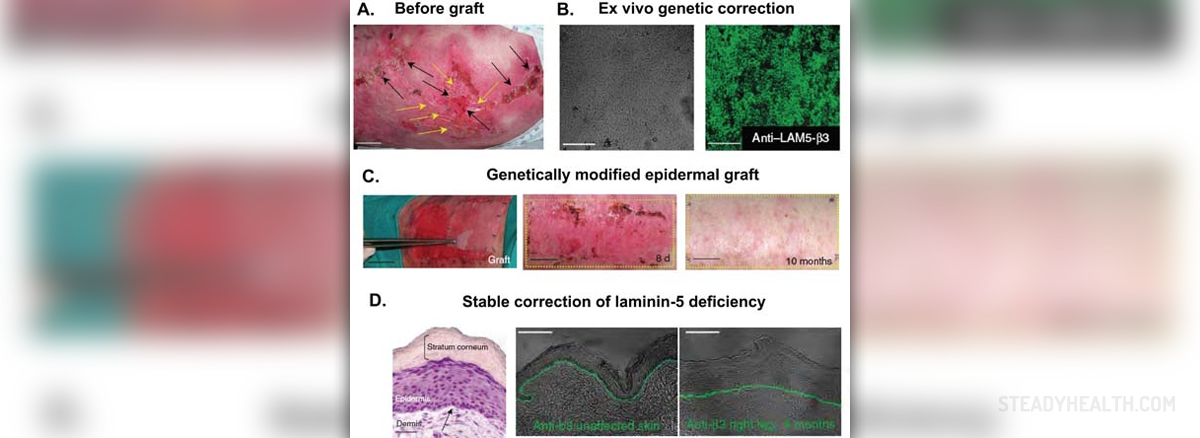
Epidermolysis bullosa is a severe connective tissue disease that leads to formation of blisters on the skin and mucous membranes due to minor trauma. There are several types of this condition as well as additional subtypes which makes identification of the actual type of epidermolysis bullosa practically impossible. Still, Weber-Cockayne is definitely the most commonly reported form of simplex epidermolysis bullosa and is characterized only by blisters on the palms and soles and increased perspiration. More complex cases develop in a form of severe blistering of the skin as well as some other organs.
The first symptoms of epidermolysis bullosa develop soon after birth. The only type that affects people older than the age of 50 is epidermolysis bullosa acquisita. It can also affect children.
Epidermolysis Bullosa Symptoms and Clinical Findings
Symptoms and signs of the disease basically depend on the type of epidermolysis bullosa. Still, most patients may develop alopecia, dental problems (tooth decay), hoarse cry, cough and similar breathing problems, milia and nail deformities or even nail loss. The affected skin gets covered with blisters. These may be located around the eyes or nose, around the mouth or even in the throat (chewing and swallowing difficulties) or on other parts of the skin (predominantly those affected by a recent minor trauma). In some cases blisters are present at birth.Diagnosing Epidermolysis Bullosa
Even though the very appearance of the lesions may make the doctor assume the person is suffering from epidermolysis bullosa, there are several more tests and exams that need to be performed. They include genetic testing, skin biopsy along with pathohistological analysis and special skin microscopic tests. Depending on the symptoms patients may also need to undergo blood tests, culture to check for bacterial infection in slow healing wounds, upper endoscopy for swallowing/feeding difficulties etc.
Treatment for Epidermolysis Bullosa
Doctors try to choose the most suitable treatment in order to prevent blistering and all the complications associated with it. Such individuals are due to avoid any kind of skin damage and spend no time in hot environments. If blisters occur, it is essential to prevent secondary infection. This is achieved with antibiotic ointments.
Swallowing difficulties are brought under control with a short course of oral corticosteroids. Candidiasis of the oral cavity or the throat is a secondary complication treated with antimicotics.
Patients also require frequent visits to the dentist, proper nutrition and those who have developed contractures need to undergo physical therapy. Skin grafting is reserved for patients with skin loss that affects large portions, hand deformities are also surgically repaired and squamous cell carcinoma (a common complication of the disease) is removed soon after it develops.
People suffering from epidermolysis bullosa are prone to a variety of complications. This makes the treatment more complex.


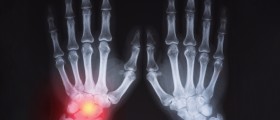
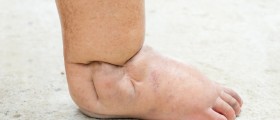

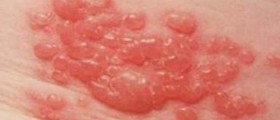
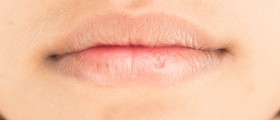




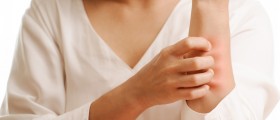

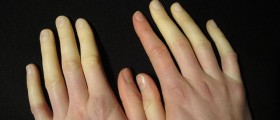
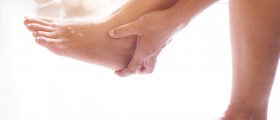


Your thoughts on this
Loading...